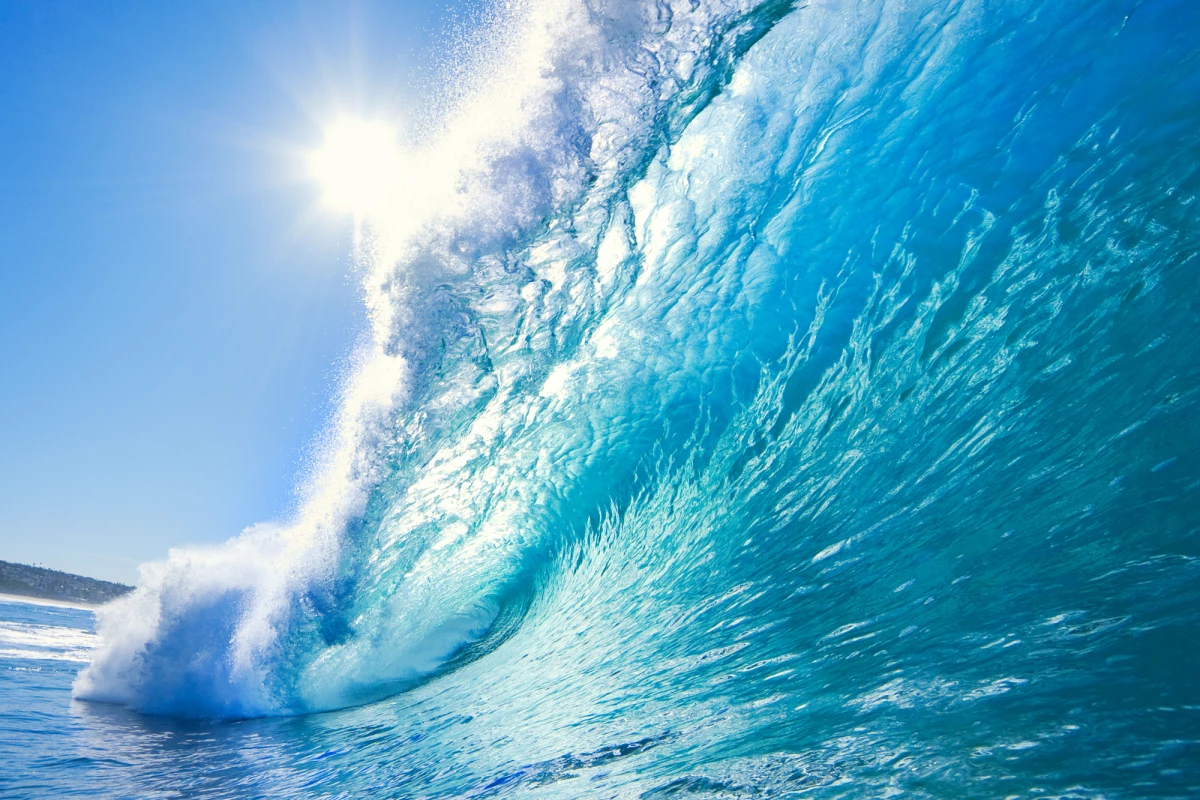That ancient mariner was onto something when he said “water, water everywhere, nor any drop to drink” – the vast majority of water on Earth is undrinkable. Desalination could be a vital technology to meet the world’s drinking water needs, and now Korean engineers have developed a new nanofiber membrane that can operate efficiently for long periods.
There are a few different ways to desalinate water, but this study focuses on membrane distillation. In this process, the salty brine on one side of the membrane is heated, while the fresh water on the other side remains cold. The membrane is hydrophobic to repel the liquid water, but water vapor from the hot side can still pass through the pores. Due to a vapor pressure difference it drifts over to the cold side, where it recondenses as fresh water.
The problem is, the buildup of salts and other pollutants on the membrane can affect its hydrophobicity. Eventually the brine leaks through and makes the freshwater less fresh, requiring the membrane to be replaced.
So for the new study, researchers at the Korea Institute of Civil Engineering and Building Technology (KICT) created more advanced membranes. Often they’re made through a process called electrospinning, where an electric force is used to draw charged nanofibers out of nozzles. The KICT team used a version called co-axial electrospinning, where two different materials are mixed together during the printing process.

In this case, those two materials were a polymer called PVDF-HFP and silica aerogel. The rough surface helps to repel the water, while the silica aerogel acts like a thermal insulator, keeping the hot side from warming up the cold side. That in turn keeps the difference in vapor pressure high and makes the membrane more efficient.
In tests, the team ran the new membrane for 30 days, and found that it still filtered out 99.99 percent of the salt after that time. That’s a far longer runtime than other electrospun nanofiber membranes, which the team says struggle to last more than 50 hours of continuous use before they begin to leak.
"The co-axial electrospun nanofiber membrane have strong potential for the treatment of seawater solutions without suffering from wetting issues and may be the appropriate membrane for pilot-scale and real-scale membrane distillation applications,” says Dr. Yunchul Woo, lead researcher on the study.
The research was published in the Journal of Membrane Science.





